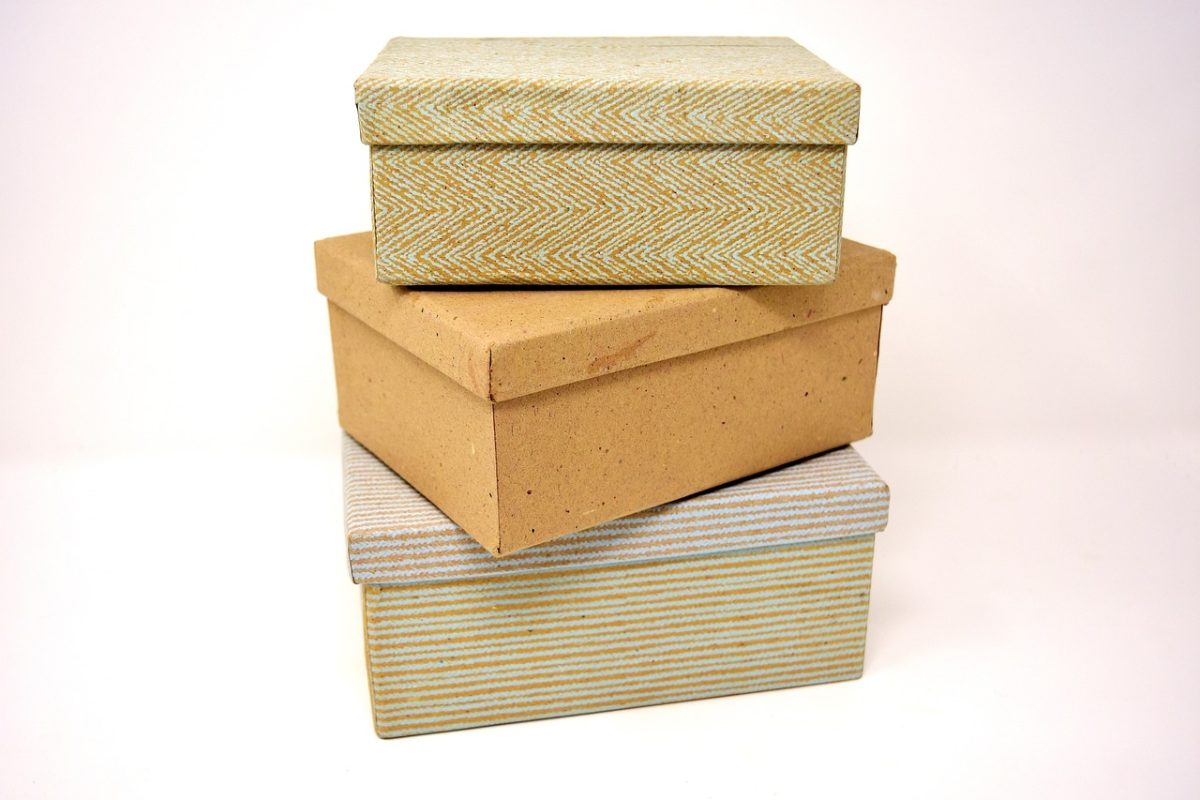Sustainability is undoubtedly the path to the future, but how do we get there? The most effective way is to take small steps in our everyday life. To the average person, this might not seem considerably significant, but if each and every one of the 8,108,834,346 individuals that inhabit this planet implements a seemingly minor change, the impact on our globe would be immense. There have been a multitude of initiatives surrounding one of these small changes, such as sustainable packaging. Businesses all around the world have embarked on a journey toward sustainability, yet this endeavor is far from easy. When aspiring to create real and lasting change in the world, it is critical to consider the implications on all stakeholders as well as possible challenges on such a treacherous journey.
One challenge is the substantial investment small changes require from all involved parties. For instance, the transition of enterprises from unsustainable to sustainable packaging commonly constitutes a tremendous alteration of the production processes. Businesses are challenged with finding suitable packaging for their product that fulfills the requirements imposed by its characteristics. For example, industries such as the food industry face difficult issues as most foods cannot be stored in sustainable packaging due to the need to comply with hygiene requirements. The fact that certain types of recycled materials cannot be efficiently disinfected and made viable for future usage, and most degradable sustainable packaging could potentially degrade at a faster rate than expected when in contact with certain types of foods, makes the implementation of sustainable packaging in the food industry difficult and also very costly.
While these issues will likely be solved through future development and advanced packaging material technologies, another concern to be dealt with is significantly more difficult to address and limit – greenwashing. ‘Greenwashing’ describes businesses that claim to adhere to and enforce sustainability requirements, while in fact disregarding them, usually for financial advantages. In order to continue to steer as many industries as possible towards sustainable packaging, regulation needs to be put in place and enforced that sanction greenwashing and other malpractices in businesses in order for our climate not to be compromised by monetary greed.
Considering all these challenges, does it still make sense to promote sustainable packaging? The answer is a clear and definite: yes. The protection of our climate needs to be prioritized. A phrase most of us have already heard is: “We have to save the planet for future generations”, but what does this actually mean? Robert Walker, a quantitative geographer at the University of Florida’s Center for Latin American Studies, claims that the Amazon rainforest will perish by 2064, leaving behind a grassy savannah (Funk). This shocking claim is far from exaggerated, and deforestation is unfortunately still increasing globally – which means paper packaging will most likely not be the sole solution to the climate problem. New material technologies for packaging need to be developed that truly and lastingly protect the environment, do not heavily rely on natural resources and do not pollute our oceans and soils. Such developments are instrumental if we want our next of kin to have the opportunity to grow up in a promising, healthy, and beautiful environment.
Change is never easy or fast.







